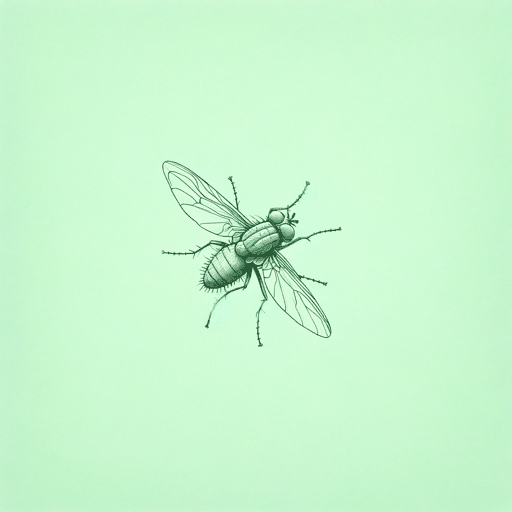18 pages • 36 minutes read
Karl ShapiroThe Fly
Fiction | Poem | Adult | Published in 2003A modern alternative to SparkNotes and CliffsNotes, SuperSummary offers high-quality Study Guides with detailed chapter summaries and analysis of major themes, characters, and more.
Themes
Unsound Ideologies of Purity and Corruption
The speaker’s descriptions of the fly highlight the creature’s role as a disease vector: The fly is “a hideous little bat” (Line 1), “[s]hod in disease” (Line 19), “a rat” (Line 40), and has a “filth of hair” (Line 9). The fly is also associated with an “urchin” (Line 12), referring to an impoverished child or “street urchin.” Much of the speaker’s rhetoric superficially mirrors the antisemitic and racist discourse prominent in Europe and America in the 1940s. Concerns about minority groups were often veiled as discourses of poverty, corruption, and purity.
The speaker encapsulates these concerns when he states that the fly “dot[s] all whiteness with diminutive stool” (Line 13). The whiteness reflects the speaker’s notion of purity, which the fly’s “diminutive stool” contaminates. The speaker’s use of the Latinate phrase “diminutive stool,” rather than the simpler “small poop” or “tiny droppings,” establishes his sense of superiority over the fly. However, the speaker’s accusation is abstract and part of a larger list of accusations that make up the second stanza. Rather, the fly’s guts are later described as “pasty and white” (Line 36), which implies the fly has an internal purity that the speaker is unable to see beyond the insect’s shabby appearance.

